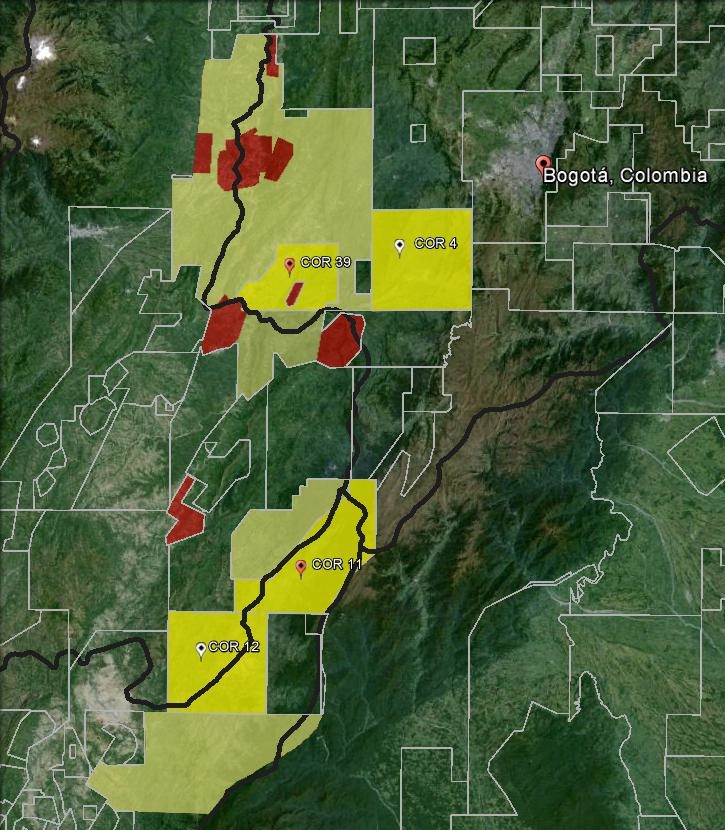Community protests accusing Ecopetrol (NYSE:EC) of not holding up to social investment promises took a violent turn over the weekend, with more than 26 arrests and violent clashes between riot police and protesters.
The USO celebrated its 91st birthday this past week and honored the hallmark date with a long statement that centered on its radical agenda.
During 2013 Pacific Rubiales Energy (TSX:PRE) invested a total of US$67.7M into corporate responsibility projects (CSR) involving indigenous populations in six departments, its CSR manager, Alejandro Jiménez was quoted as saying.
Incidents near areas of interest to the oil and gas industry were down to 28 below recent and long-term averages. Non-Armed Forces-reported incidents were below average both in absolute terms and as a percentage of the total. This is our indicator of increased guerrilla-initiated activity. Our 4-week Moving Average incident count was down at 38.8 and the 52 week average was also down at 31.5 incidents per week.

Oil producer Canacol Energy (TSX:CNE) has acquired two E&P contracts associated with shale deposits, which it says is part of its strategy to develop greater shale oil reserves and which makes it the second largest shale oil position behind Ecopetrol (NYSE:EC).
This week revelations that a clandestine group has been monitoring phone calls of those involved in the peace process on both sides has set off a storm of attention and controversy, with the Farc accusing former President Alvaro Uribe of being behind the spy program.
Among the possible alternatives to ease transportation problems involving oil tanker-trucks are license plate restrictions that would limit when a specific truck could be on the roadway, while the authorities debate the controversial issue between different entities
As part of the Colombia Round 2014, the government wants to see greater activity in off shore deep water drilling, and the issue is one of the main objectives of the National Hydrocarbons Agency (ANH) for the upcoming bidding.
The USO oil workers union says that the Barrancabermeja Refinery modernization project not start in 2015 despite promises last year from Ecopetrol (NYSE:EC). The NOC would neither confirm nor deny the rumors.
The Colombia 2014 Round is advancing and the government is finishing the offer that it will take to the market, which includes 97 blocks that the National Hydrocarbons Agency (ANH) and Ministry of Mines and Energy (MinMinas) will be put onto the auction block.